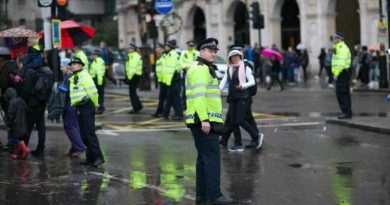Virtual Reality (VR) has emerged as a captivating and interactive educational tool that is gaining popularity in classroom settings. By immersing students in virtual environments, VR enhances their learning experience by offering simulations and visualizations of various subjects, making complex concepts more comprehensible and memorable.
Additionally, VR equips students with the skills they need for success in the modern world, such as problem-solving and coding. Let’s delve into the various ways VR can be harnessed in educational settings.
Immersive Learning Environment: VR provides students with an unparalleled opportunity to explore their learning environment in an immersive manner. Through the use of VR headsets and controllers, students can interact with virtual objects and navigate their environment in ways that traditional classrooms cannot offer. This hands-on approach enables them to gain a deeper understanding of the subject matter as they engage with concepts in a three-dimensional space.
Interactive Simulations: One of the key benefits of VR is its ability to create interactive simulations that allow students to experiment with different scenarios. For instance, in a science class, VR can be used to illustrate the laws of physics and material properties. Through interactive engagement with these simulations, students gain a practical grasp of the concepts and their real-world applications.
Engaging Visualizations: Complex topics can be made more accessible through engaging visualizations created with VR. In a mathematics class, for instance, students can utilize VR to visualize the intricacies of calculus and its practical implications. By actively interacting with these visualizations, students can develop a stronger grasp of the concepts and their real-world relevance.
Multi-Sensory Learning: VR has the capacity to create multi-sensory learning experiences. For example, in a language class, students can use VR to virtually explore foreign countries and cultures. The immersive multi-sensory engagement enables students to deepen their understanding of language and culture through interactive experiences.
Empowerment through Skill Development: VR also empowers students to acquire essential skills required for success in the modern era. For instance, students can use VR to learn coding and other computer-related skills. By engaging with these skills within a virtual environment, students can better comprehend the concepts and their practical applications in real-world scenarios.
Educational Advantages of VR: Leveraging VR in the classroom yields numerous benefits for students. It enables them to engage with their learning environment on a profound level, facilitating comprehension of intricate subjects and the acquisition of contemporary skills. For educators, VR serves as an invaluable tool, making learning both captivating and efficient.
Incorporating VR into the educational landscape demonstrates its potential to revolutionize traditional teaching methods, catering to diverse learning styles and enhancing the overall educational journey for students.




